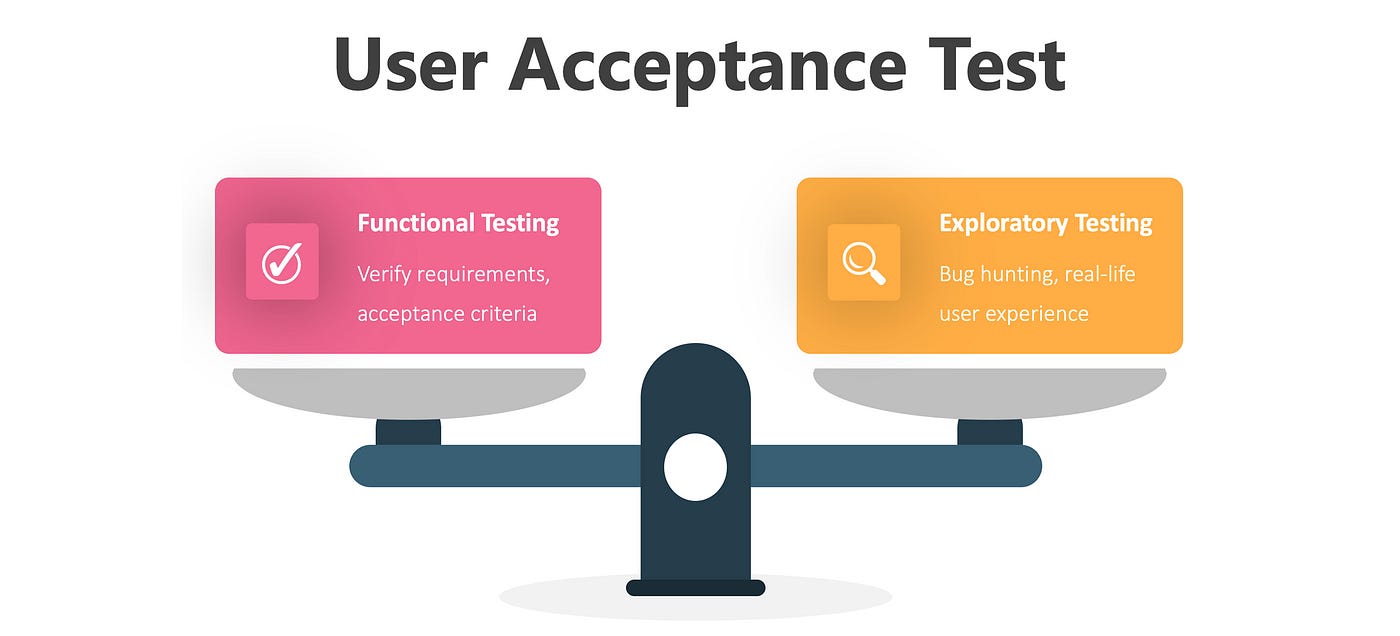User Acceptance Testing (UAT) is a critical phase in the software development lifecycle, where end-users play a pivotal role in validating the software’s readiness for deployment. Conducting UAT effectively is essential to delivering a high-quality product that meets user expectations and ensures customer satisfaction.
To achieve successful UAT, companies must adopt best practices that streamline the testing process and maximize its impact. In this article, we will delve into the definition of User Acceptance Testing, explore its advantages for companies, and present the top 10 best practices that businesses should follow to optimize their UAT efforts.
Definition of User Acceptance Testing
User Acceptance Testing. UAT serves as a bridge between the development team and end-users, offering valuable insights into the software’s usability, functionality, and overall user experience. By involving end-users in the testing process, UAT validates that the software is user-friendly, meets business objectives, and ultimately meets the needs of the target audience.
What Are the Advantages of User Acceptance Testing for Companies?
User Acceptance Testing offers several significant advantages for companies seeking to deliver high-quality software and maintain a competitive edge:
- Enhanced Software Quality: UAT involves direct feedback from end-users, allowing companies to identify and address issues that might have gotten overlooked during earlier testing stages. This, in turn, leads to a higher-quality end product.
- Increased User Satisfaction: UAT ensures that the software meets their needs and expectations by involving end-users in the testing process. This results in higher user satisfaction, greater user adoption rates, and improved customer loyalty.
- Risk Mitigation: Thorough UAT significantly reduces the risk of post-release defects and failures. Identifying and rectifying issues before launch saves time and resources that would otherwise get spent on extensive post-launch revisions.
- Business Alignment: UAT validates that the software aligns with business objectives and processes. By ensuring the application supports the organization’s workflows, UAT facilitates efficient and productive operations.
- Transparent Communication: Involving the UAT team in the testing process fosters transparent communication between stakeholders, developers, and end-users. This collaboration ensures a shared understanding of the software’s requirements and objectives.
Top 10 Best Practices for User Acceptance Testing
There are many best practices for conducting UAT effectively. Here are some of the most important:
- Identify the target audience: Who will be using the software? Make sure to involve representatives from this group in the UAT team so that the testing aligns with their needs and expectations.
- Develop a comprehensive test plan: This plan should outline the scope of testing, the test cases, and the acceptance criteria. A clear plan will help to ensure that the testing is thorough and efficient.
- Create specific test cases: The test cases should be detailed and measurable so that it is clear what is getting tested and how it will get evaluated.
- Utilize various testing methods: Don’t just rely on one type of testing. Use a variety of methods, such as black box testing, white box testing, and user-based testing, to uncover as many defects as possible.
- Involve the development team: The development team can provide valuable insights into the software’s design and functionality. Their input can help to ensure that the testing is comprehensive and effective.
- Establish clear acceptance criteria: These criteria will serve as benchmarks for determining whether the software meets user requirements. They should be clear, measurable, and achievable.
- Communicate effectively with the UAT team: Provide the team with clear instructions and open channels of communication. Address questions and resolve issues promptly to facilitate a smooth testing process.
- Monitor and track UAT progress: Keep track of the testing progress to ensure that it is completed on time and within budget. Monitoring progress will help to maintain efficiency and meet project deadlines.
- Document UAT results: Thoroughly document the results of the UAT process, including defects, improvements, and user feedback. This documentation will be valuable for tracking the software’s progress and planning future iterations.
- Gather feedback from the target audience: Encourage open feedback from the target audience throughout the UAT process. User insights are invaluable in refining the software and ensuring it meets user expectations.
By following these best practices, companies can conduct UAT effectively, leading to successful software releases and satisfied end-users.
Here are some additional tips for conducting UAT effectively:
- Start UAT early in the development process. It will allow you to identify and fix defects early before they become more difficult and expensive to fix.
- Use a variety of testing tools. There are a variety of testing tools available that can help you to automate testing and make the process more efficient.
- Get buy-in from stakeholders. It is important to get buy-in from stakeholders early in the UAT process. This will help to ensure that the testing gets aligned with their needs and expectations.
- Communicate the results of UAT. Once the UAT process is complete, communicate the results to stakeholders. This will help ensure that they are aware of the defects you have found and the actions you take to fix them.
Summary
User Acceptance Testing (UAT) is a vital step in the software development process, ensuring that the software meets end-users needs and expectations. It serves as a bridge between developers and users, validating the software’s usability and functionality. Companies can reap numerous advantages from UAT, including improved software quality, increased user satisfaction, and risk mitigation.
To optimize their UAT efforts, companies should follow best practices such as identifying the target audience, creating comprehensive test plans, and involving the development team. Clear acceptance criteria and effective communication with the UAT team are crucial for a successful testing process. Tracking progress, documenting results, and gathering feedback further enhance the effectiveness of UAT.In conclusion, embracing these top 10 best practices for User Acceptance Testing empowers companies to deliver high-quality software that meets user expectations, drives customer satisfaction, and establishes a strong competitive advantage in the market. A robust UAT process not only ensures a successful software release but also builds trust and confidence in the company’s commitment to meeting user needs and delivering exceptional products.




